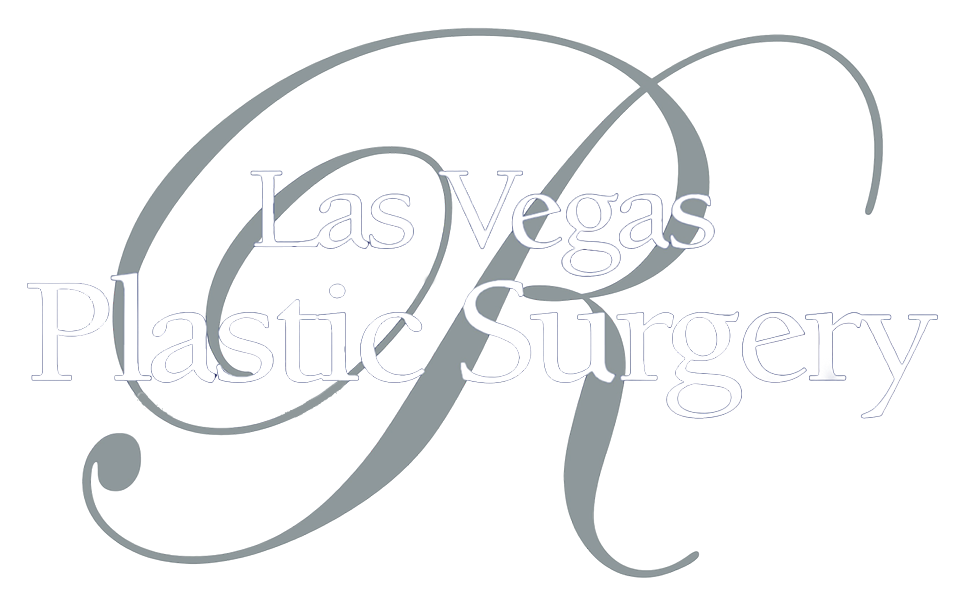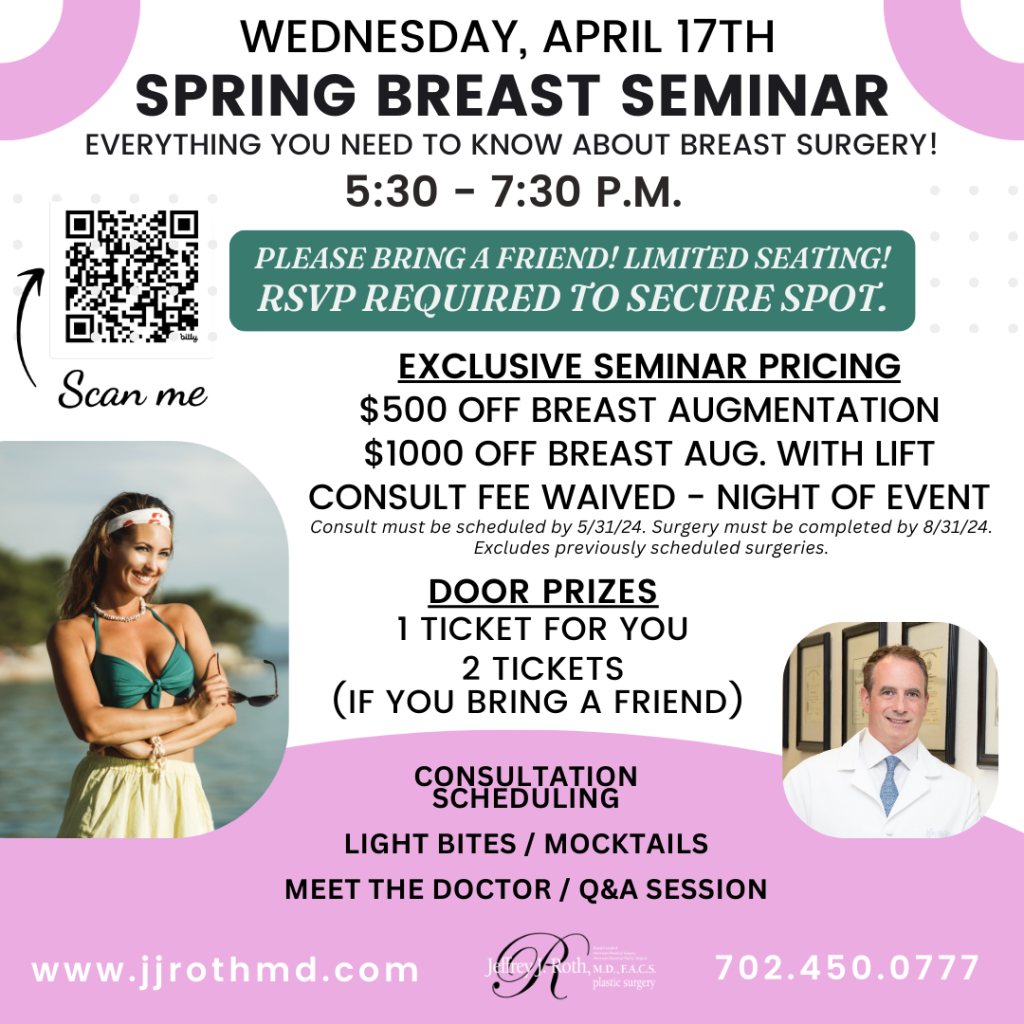As the focal point of the face, the nose plays a prominent role in facial symmetry. For many individuals, the proportionate, pleasing nose they want can only be achieved through surgical rhinoplasty. Concerned about the upfront rhinoplasty cost? Las Vegas Plastic Surgery offers you this helpful how-to guide for planning for your operation.
Step #1: Understand Your Insurance Coverage
While rhinoplasty performed for cosmetic reasons won’t be covered by insurance, if structural issues are causing breathing difficulties, you may be able to get some or all of your expenses covered. Understanding your policy’s coverage for functional rhinoplasty and pre-authorization criteria can help you get a more realistic picture of your surgical cost.
Step #2: Explore Patient Financing Options
Many plastic surgeons will offer financing options with competitive interest rates, flexible repayment terms, and quick approval processes. If paying out of pocket is not feasible, you can look into ways to spread out the expense.
Step #3: Check Your Employee Handbook
You’ll need to take some time off work to recover. Make sure you know your company’s policy on PTO and sick days. Scheduling your procedure for when you have enough time accrued for the procedure and recovery can help you avoid taking unpaid leave.
Step #4: Research Reputable Plastic Surgeons
Now that you’ve got a good framework in place, it’s time to start researching plastic surgeons and comparing prices. Keep in mind that the cost is often influenced by geographical area, your surgeon’s expertise and experience, and the specific details of your rhinoplasty.
Take the time to read patient reviews and view the surgeon’s rhinoplasty before and after photos. Look for certification from the American Board of Plastic Surgery and membership in professional organizations, such as The Aesthetic Society and the American Society of Plastic Surgeons, that value ethics and continuous learning and have stringent membership requirements.
Step #5: Consult With a Board-Certified Plastic Surgeon
Once you have narrowed down your options, schedule a face-to-face consultation with your board-certified plastic surgeon. During this crucial meeting, you will get to ask questions, discuss your cosmetic goals, and cover the logistics of your operation, including the costs involved. Some patients may also wish to inquire about non surgical nose job accomplished with dermal fillers. This approach is less invasive and more temporary than a surgical nose job.
Step #6: Request a Detailed Cost Estimate
To avoid unexpected fees, be sure to request a comprehensive breakdown of the costs from your surgeon’s office. This usually includes the surgeon’s fee, facility fees for the operating room and anesthesia, postoperative medications, nasal splints, and any other expenses. Having a clear understanding of all the associated costs will help you budget more effectively.
How Much Does Rhinoplasty Cost at Las Vegas Plastic Surgery?
Our rhinoplasty prices range from $9,000 to $11,000 on average, depending on the specifics of your procedure. We keep our costs competitive for the Las Vegas area while still reflecting the 20+ years of experience of our founder, Dr. Jeffrey Roth.
Turn Your Plans Into Reality
If you are ready to discuss your rhinoplasty options with a double board-certified plastic surgeon, please request a consultation with Dr. Roth online or call Las Vegas Plastic Surgery at (702) 450-0777 . We can’t wait to meet with you and help you get the aesthetically pleasing, functional nose you deserve.







Leave a Reply